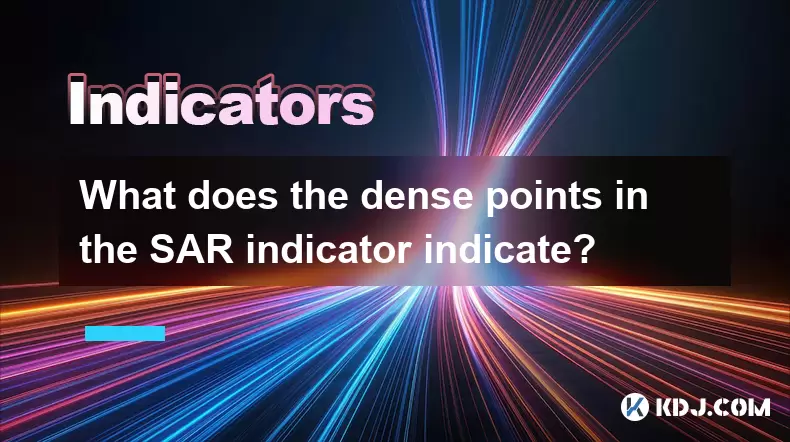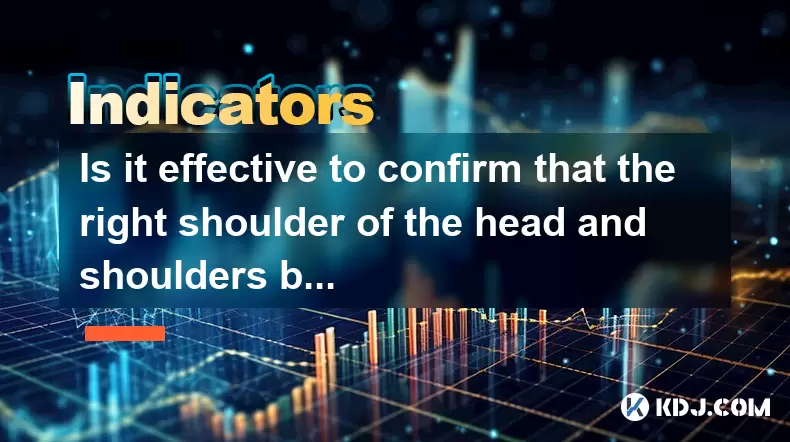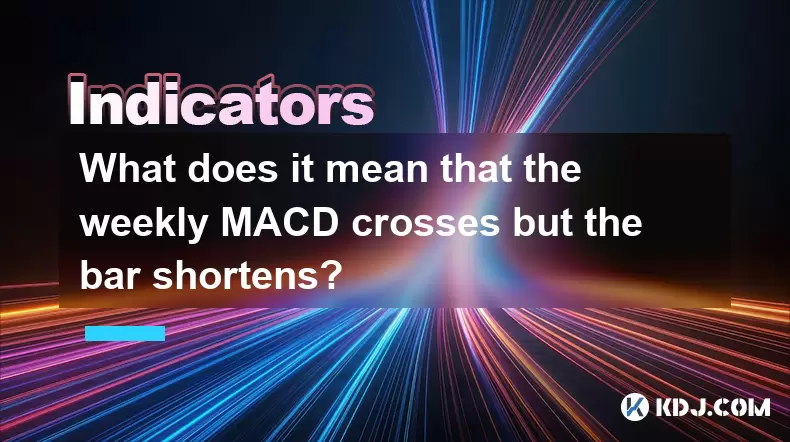-
 Bitcoin
Bitcoin $106,754.6083
1.33% -
 Ethereum
Ethereum $2,625.8249
3.80% -
 Tether USDt
Tether USDt $1.0001
-0.03% -
 XRP
XRP $2.1891
1.67% -
 BNB
BNB $654.5220
0.66% -
 Solana
Solana $156.9428
7.28% -
 USDC
USDC $0.9998
0.00% -
 Dogecoin
Dogecoin $0.1780
1.14% -
 TRON
TRON $0.2706
-0.16% -
 Cardano
Cardano $0.6470
2.77% -
 Hyperliquid
Hyperliquid $44.6467
10.24% -
 Sui
Sui $3.1128
3.86% -
 Bitcoin Cash
Bitcoin Cash $455.7646
3.00% -
 Chainlink
Chainlink $13.6858
4.08% -
 UNUS SED LEO
UNUS SED LEO $9.2682
0.21% -
 Avalanche
Avalanche $19.7433
3.79% -
 Stellar
Stellar $0.2616
1.64% -
 Toncoin
Toncoin $3.0222
2.19% -
 Shiba Inu
Shiba Inu $0.0...01220
1.49% -
 Hedera
Hedera $0.1580
2.75% -
 Litecoin
Litecoin $87.4964
2.29% -
 Polkadot
Polkadot $3.8958
3.05% -
 Ethena USDe
Ethena USDe $1.0000
-0.04% -
 Monero
Monero $317.2263
0.26% -
 Bitget Token
Bitget Token $4.5985
1.68% -
 Dai
Dai $0.9999
0.00% -
 Pepe
Pepe $0.0...01140
2.44% -
 Uniswap
Uniswap $7.6065
5.29% -
 Pi
Pi $0.6042
-2.00% -
 Aave
Aave $289.6343
6.02%
What does the dense points in the SAR indicator indicate?
Dense points in the SAR indicator suggest trend continuation, helping traders hold positions and set accurate stop-loss orders.
Jun 08, 2025 at 01:42 am

The SAR (Stop and Reverse) indicator is a popular technical analysis tool used by cryptocurrency traders to determine potential trend reversals and set stop-loss orders. One of the key aspects of the SAR indicator is its dense points, which provide crucial insights into market dynamics. In this article, we will explore what these dense points signify and how traders can leverage this information to enhance their trading strategies.
Understanding the SAR Indicator
Before delving into the significance of dense points, it is essential to have a solid understanding of the SAR indicator. The SAR indicator, developed by J. Welles Wilder, is designed to provide entry and exit points for trades. It appears as a series of dots either above or below the price chart, depending on the prevailing trend. When the dots are below the price, it indicates an uptrend, suggesting that traders should consider buying. Conversely, when the dots are above the price, it signifies a downtrend, indicating a potential selling opportunity.
What Are Dense Points in the SAR Indicator?
Dense points in the SAR indicator refer to instances where the dots are closely packed together. This phenomenon occurs when the price movement is relatively stable, and the indicator's calculations result in minimal changes to the position of the dots. Dense points can be observed during periods of consolidation or when the market is experiencing low volatility.
Significance of Dense Points
The presence of dense points in the SAR indicator carries significant implications for traders. Dense points suggest that the current trend is likely to continue, as the market is showing a lack of significant momentum to shift the SAR dots. This stability can be a signal for traders to hold onto their positions and wait for a clearer breakout or reversal signal.
Moreover, dense points can serve as a confirmation of a strong trend. If the market is in a robust uptrend or downtrend, and the SAR dots remain closely packed, it reinforces the notion that the prevailing trend is still in control. Traders can use this information to maintain confidence in their trading decisions and avoid premature exits from their positions.
Using Dense Points in Trading Strategies
Incorporating the insights from dense points into trading strategies can significantly enhance a trader's decision-making process. Here are some practical ways to use dense points effectively:
Confirming Trend Continuation: When the SAR indicator shows dense points during an uptrend or downtrend, traders can use this as a confirmation to hold their positions. For instance, if a trader is long on Bitcoin and the SAR dots remain tightly packed below the price, it suggests that the uptrend is likely to persist, encouraging the trader to stay in the trade.
Setting Stop-Loss Orders: Dense points can also be utilized to set more accurate stop-loss orders. Since dense points indicate a stable trend, traders can place their stop-loss orders just beyond the last SAR dot. This approach helps minimize the risk of being stopped out prematurely due to minor price fluctuations.
Identifying Breakout Opportunities: While dense points generally suggest trend continuation, traders should remain vigilant for potential breakouts. If the price begins to move away from the dense points, it could signal an impending trend reversal. Traders can use this information to prepare for potential entry or exit points.
Practical Example of Dense Points in Action
To illustrate how dense points can be applied in real-world trading scenarios, let's consider a hypothetical example involving Ethereum (ETH). Suppose the price of ETH is in an uptrend, and the SAR indicator shows a series of dense points below the price chart.
- Initial Observation: The trader notices that the SAR dots have been closely packed for several periods, indicating a stable uptrend.
- Action Taken: Based on the dense points, the trader decides to maintain their long position on ETH, confident that the uptrend is likely to continue.
- Monitoring for Changes: The trader continues to monitor the price and the SAR indicator. If the price starts to move away from the dense points, the trader will prepare for a potential trend reversal and adjust their strategy accordingly.
Interpreting Dense Points in Different Market Conditions
The interpretation of dense points can vary depending on the overall market conditions. In a bullish market, dense points below the price chart reinforce the strength of the uptrend, encouraging traders to remain bullish. Conversely, in a bearish market, dense points above the price chart signify a robust downtrend, prompting traders to maintain their bearish positions.
Additionally, during periods of high volatility, dense points may be less common as the price experiences more significant fluctuations. In such scenarios, traders should be cautious and consider other technical indicators to complement their analysis.
FAQs
Q1: Can dense points in the SAR indicator be used as the sole basis for trading decisions?
A1: While dense points provide valuable insights into trend stability, they should not be used as the sole basis for trading decisions. Traders should always consider other technical indicators, market conditions, and fundamental analysis to make well-rounded trading decisions.
Q2: How often should traders check the SAR indicator for dense points?
A2: The frequency of checking the SAR indicator for dense points depends on the trader's strategy and time frame. For short-term traders, checking the indicator on an hourly or daily basis may be necessary. Long-term traders might find it sufficient to review the indicator on a weekly basis.
Q3: Are dense points more reliable in certain cryptocurrencies than others?
A3: The reliability of dense points in the SAR indicator does not inherently vary between different cryptocurrencies. However, the effectiveness of the indicator can be influenced by the liquidity and volatility of the specific cryptocurrency being traded. More liquid and less volatile cryptocurrencies may exhibit more consistent patterns with the SAR indicator.
Q4: Can dense points be used to predict trend reversals?
A4: Dense points primarily indicate trend continuation rather than reversal. However, if the price begins to move away from the dense points, it could signal an impending trend reversal. Traders should use other technical indicators and market analysis to confirm potential reversals.
Disclaimer:info@kdj.com
The information provided is not trading advice. kdj.com does not assume any responsibility for any investments made based on the information provided in this article. Cryptocurrencies are highly volatile and it is highly recommended that you invest with caution after thorough research!
If you believe that the content used on this website infringes your copyright, please contact us immediately (info@kdj.com) and we will delete it promptly.
- 2025-W Uncirculated American Gold Eagle and Dr. Vera Rubin Quarter Mark New Products
- 2025-06-13 06:25:13
- Ruvi AI (RVU) Leverages Blockchain and Artificial Intelligence to Disrupt Marketing, Entertainment, and Finance
- 2025-06-13 07:05:12
- H100 Group AB Raises 101 Million SEK (Approximately $10.6 Million) to Bolster Bitcoin Reserves
- 2025-06-13 06:25:13
- Galaxy Digital CEO Mike Novogratz Says Bitcoin Will Replace Gold and Go to $1,000,000
- 2025-06-13 06:45:13
- Trust Wallet Token (TWT) Price Drops 5.7% as RWA Integration Plans Ignite Excitement
- 2025-06-13 06:45:13
- Ethereum (ETH) Is in the Second Phase of a Three-Stage Market Cycle
- 2025-06-13 07:25:13
Related knowledge

How to interpret the low opening the next day after the long lower shadow hits the bottom?
Jun 18,2025 at 12:22am
Understanding the Long Lower Shadow Candlestick PatternIn technical analysis, a long lower shadow candlestick is often seen as a potential reversal signal in a downtrend. This pattern occurs when the price opens, trades significantly lower during the session, but then recovers to close near the opening price or slightly above. The long wick at the botto...

How to operate the RSI indicator repeatedly in the 40-60 range?
Jun 18,2025 at 12:56am
Understanding the RSI Indicator and Its RelevanceThe Relative Strength Index (RSI) is a momentum oscillator widely used in cryptocurrency trading to measure the speed and change of price movements. Typically, the RSI ranges from 0 to 100, with levels above 70 considered overbought and below 30 considered oversold. However, when the RSI repeatedly stays ...

How strong is the MACD golden cross below the zero axis?
Jun 17,2025 at 11:00pm
Understanding the MACD Indicator in Cryptocurrency TradingThe Moving Average Convergence Divergence (MACD) is one of the most widely used technical indicators among cryptocurrency traders. It helps identify potential trend reversals, momentum shifts, and entry or exit points. The MACD consists of three main components: the MACD line, the signal line, an...

How effective is the golden cross of the William indicator double line in the oversold area?
Jun 17,2025 at 11:56pm
Understanding the William Indicator and Its Double Line SetupThe William %R (Williams Percent Range) is a momentum oscillator used to identify overbought or oversold conditions in a market. It ranges from 0 to -100, with readings above -20 considered overbought and below -80 deemed oversold. The double line setup refers to plotting two different timefra...

Is it effective to confirm that the right shoulder of the head and shoulders bottom volume at the 30-minute level is enlarged?
Jun 17,2025 at 11:42pm
Understanding the Head and Shoulders Pattern in Cryptocurrency TradingThe head and shoulders pattern is one of the most recognized reversal patterns in technical analysis, especially within cryptocurrency trading. It typically signals a potential shift from a bullish trend to a bearish one. This pattern consists of three peaks: the left shoulder, the he...

What does it mean that the weekly MACD crosses but the bar shortens?
Jun 18,2025 at 01:07am
Understanding the MACD IndicatorThe Moving Average Convergence Divergence (MACD) is a popular technical analysis tool used in cryptocurrency trading to identify potential trend reversals and momentum shifts. It consists of three main components: the MACD line, the signal line, and the histogram (also known as the bar). The MACD line is calculated by sub...

How to interpret the low opening the next day after the long lower shadow hits the bottom?
Jun 18,2025 at 12:22am
Understanding the Long Lower Shadow Candlestick PatternIn technical analysis, a long lower shadow candlestick is often seen as a potential reversal signal in a downtrend. This pattern occurs when the price opens, trades significantly lower during the session, but then recovers to close near the opening price or slightly above. The long wick at the botto...

How to operate the RSI indicator repeatedly in the 40-60 range?
Jun 18,2025 at 12:56am
Understanding the RSI Indicator and Its RelevanceThe Relative Strength Index (RSI) is a momentum oscillator widely used in cryptocurrency trading to measure the speed and change of price movements. Typically, the RSI ranges from 0 to 100, with levels above 70 considered overbought and below 30 considered oversold. However, when the RSI repeatedly stays ...

How strong is the MACD golden cross below the zero axis?
Jun 17,2025 at 11:00pm
Understanding the MACD Indicator in Cryptocurrency TradingThe Moving Average Convergence Divergence (MACD) is one of the most widely used technical indicators among cryptocurrency traders. It helps identify potential trend reversals, momentum shifts, and entry or exit points. The MACD consists of three main components: the MACD line, the signal line, an...

How effective is the golden cross of the William indicator double line in the oversold area?
Jun 17,2025 at 11:56pm
Understanding the William Indicator and Its Double Line SetupThe William %R (Williams Percent Range) is a momentum oscillator used to identify overbought or oversold conditions in a market. It ranges from 0 to -100, with readings above -20 considered overbought and below -80 deemed oversold. The double line setup refers to plotting two different timefra...

Is it effective to confirm that the right shoulder of the head and shoulders bottom volume at the 30-minute level is enlarged?
Jun 17,2025 at 11:42pm
Understanding the Head and Shoulders Pattern in Cryptocurrency TradingThe head and shoulders pattern is one of the most recognized reversal patterns in technical analysis, especially within cryptocurrency trading. It typically signals a potential shift from a bullish trend to a bearish one. This pattern consists of three peaks: the left shoulder, the he...

What does it mean that the weekly MACD crosses but the bar shortens?
Jun 18,2025 at 01:07am
Understanding the MACD IndicatorThe Moving Average Convergence Divergence (MACD) is a popular technical analysis tool used in cryptocurrency trading to identify potential trend reversals and momentum shifts. It consists of three main components: the MACD line, the signal line, and the histogram (also known as the bar). The MACD line is calculated by sub...
See all articles

























































































